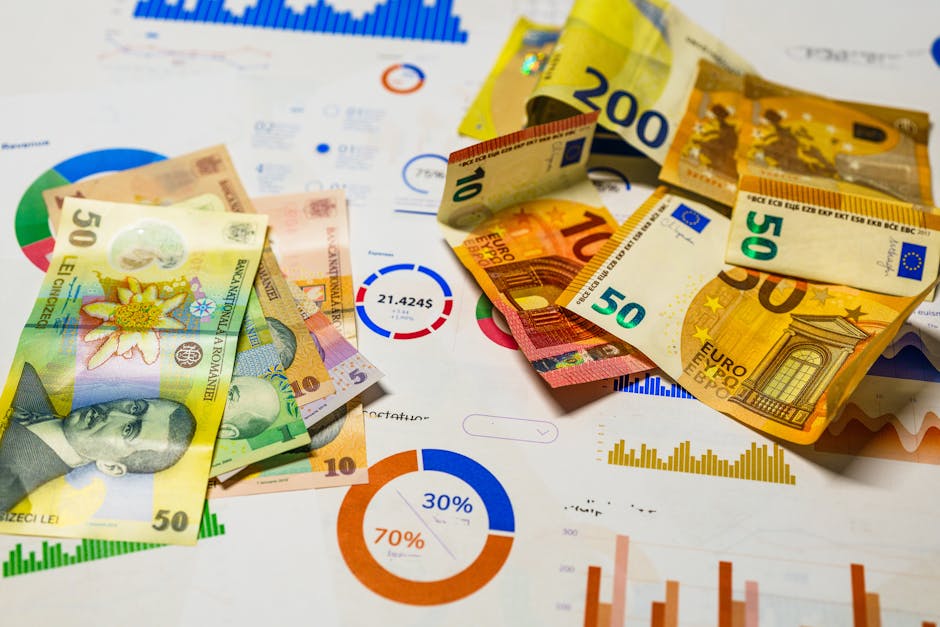In the heart of Las Vegas, a tale as enigmatic as the city itself unravels, blending the spectacle of entertainment with the awe of the atomic age. The story of “Miss Atomic Bomb” is not just a chapter in the city’s vibrant history but a window into the complex relationship between society and the spectacle, particularly in a city that thrives on the extraordinary.
The Atomic Age Meets Las Vegas
The onset of America’s nuclear testing program in 1951, with the Nevada Proving Ground (now the Nevada National Security Site) at its helm, positioned Las Vegas as an unlikely epicenter for “atomic tourism.” Situated merely 65 miles from the Strip, the site transformed the city into a viewing party for nuclear detonations, inadvertently boosting the local economy and birthing a cultural movement unique to the region.
The emblematic image of Copa Room showgirl Lee Merlin, donning a mushroom-cloud swimsuit and crowned “Miss Atomic Bomb,” encapsulates the era’s paradoxical allure and danger. Captured by Don English of the Las Vegas News Bureau in 1957, this photograph became an iconic symbol of the atomic age’s impact on Las Vegas and beyond.
Debunking the “Miss Atomic Bomb” Pageant Myth
Contrary to popular belief, the “Miss Atomic Bomb” beauty pageant never occurred. The myth originated from a singular, striking photograph of Lee Merlin, a creative masterpiece by photographer Don English that turned a routine assignment into a historical landmark. “Lee Merlin” was, in fact, the stage name of Anna Lee Mahoney from the Bronx, New York, adding another layer of intrigue to this fascinating narrative.
A Glimpse into Atomic Tourism
Atomic tourism stands as a precursor to disaster tourism, showcasing humanity’s penchant for finding entertainment in the macabre. This phenomenon underscores the critical role of narrative crafting in marketing, highlighting how historical events can be transformed into compelling stories that draw visitors. For more insights into the evolution of Las Vegas’s entertainment scene, consider exploring the Las Vegas dining scene, which continues to innovate and captivate audiences.
The Lasting Influence of Atomic Tests on Las Vegas
The atomic tests have left an indelible mark on Las Vegas’s pop culture, influencing everything from hotel viewing parties to the city’s architectural designs. The era’s Googie architectural style, visible in numerous establishments, serves as a testament to the atomic age’s enduring impact on the city’s landscape.
Clarifying Common Queries
- Was there a Miss Atomic Bomb Pageant? No, the concept was inspired by a single publicity photograph of Lee Merlin.
- How did atomic tests affect Las Vegas? They spurred atomic tourism and had a profound influence on local culture, including architecture and themed bars.
- Who was Lee Merlin? Lee Merlin, born Anna Lee Mahoney, was an entertainer celebrated for her iconic portrayal as “Miss Atomic Bomb.”
Key Insights and Takeaways
- The “Miss Atomic Bomb” photograph is a prime example of how creativity can transform routine tasks into significant historical moments.
- Las Vegas’s knack for leveraging nearby nuclear tests exemplifies the city’s resilience and innovative spirit, contributing to the flourishing of its casino industry. For a deeper dive into the casino industry’s dynamics, the article on Pennsylvania’s gaming industry offers valuable context and comparisons.
- The tale underscores the importance of narrative in marketing, emphasizing the need to captivate audiences with engaging stories.
“In the narrative of ‘Miss Atomic Bomb,’ we find the compelling power of storytelling, a force that not only shapes our experiences but drives innovation and engagement in an ever-evolving landscape.” – Reflecting on the impact of narrative in marketing
The saga of “Miss Atomic Bomb” serves as a poignant reminder of storytelling’s pivotal role in crafting experiences that resonate deeply with audiences. It encourages us to boldly innovate while paying homage to our history, as we continue to weave engaging narratives in today’s dynamic world.










Leave a Reply